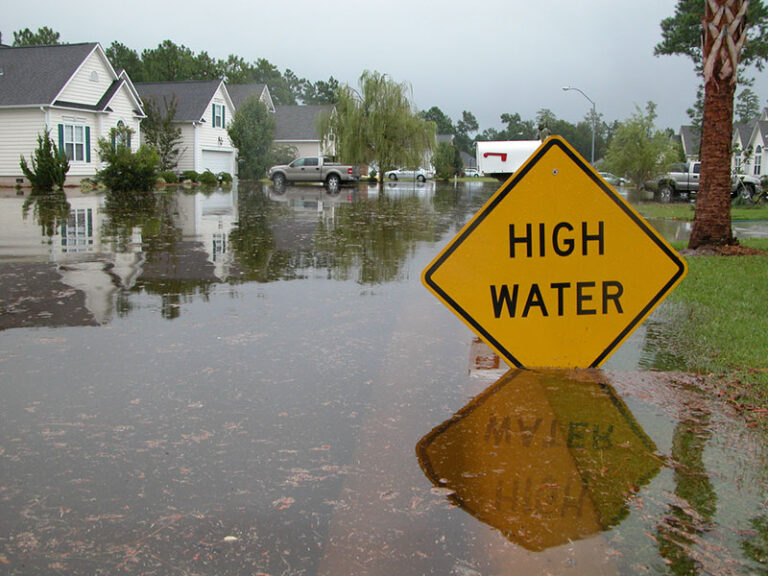Beach nourishment is a vital technology used in coastal management to combat shoreline erosion and mitigate flood risks. It involves the strategic addition of sediment to replenish beaches suffering from sediment deficits.
While primarily used on sandy beaches, nourishment can also involve shingle or cobbles, aiming to match the existing natural beach material. This approach, often employed alongside artificial dune creation, helps maintain and rebuild beaches to provide storm protection.
Beach nourishment capitalizes on the concept of wave energy dissipation, where the widening of beaches transforms reflective, erosive beaches into wider, dissipative ones. This transformation increases the beach’s ability to attenuate wave energy, thus reducing erosion.
Moreover, by addressing sediment deficits—the root cause of erosion—nourishment introduces large quantities of beach material to shorelines from external sediment sources, promoting beach stability and reducing erosion rates.
Advantages

Beach nourishment offers multifaceted benefits in coastal management. Primarily, it provides a buffer against coastal erosion and storm damage by widening and deepening beaches, thus protecting coastal infrastructure and assets.
Its reversible nature allows for flexibility in coastal management approaches, enabling future adjustments as needed. Furthermore, nourishment facilitates the redistribution of sediment through longshore drift, benefiting adjacent areas and enhancing overall coastal stability.
Beach nourishment complements hard protection measures like seawalls, reducing wave energy reaching these structures and providing additional protection. It also maintains the natural landscape of beaches while enhancing their capacity to cope with erosion and flooding.
Moreover, nourished beaches contribute to coastal tourism, promoting recreation and attracting tourists to the area, thereby stimulating development. Additionally, when designed with ecological considerations, nourishment projects can provide nesting sites for sea turtles, promoting ecotourism and benefiting local economies.
Disadvantages and Challenges

Despite its benefits, beach nourishment has limitations and challenges. It is not a permanent solution, requiring periodic re-nourishments to maintain effectiveness. Moreover, increased sense of security from protection measures may lead to unwise development in risky coastal areas.
Environmental concerns include disturbance of beach and ocean habitats and altered sediment compositions affecting local fauna. Additionally, limited availability of high-quality sediment and rising costs pose challenges to widespread implementation.
Financial and Institutional Considerations
Financial Requirements and Costs
The cost of beach nourishment varies based on project size, transport distance, sediment characteristics, and other factors. Typically ranging from US$3-15/m3, costs may be higher in developing countries due to less developed coastal engineering industries. Monitoring costs should also be considered in the overall cost assessment of nourishment projects.
Institutional and Organisational Requirements

Large-scale nourishments necessitate extensive engineering studies, specialized equipment, and contractors. Ongoing beach monitoring is crucial to evaluate project success and determine re-nourishment needs.
Local/community-level monitoring may be feasible with appropriate training and technology. However, sediment availability, specialized equipment, and public awareness pose barriers to implementation.
Opportunities for Implementation
Beach nourishment can serve as a cost-effective disposal option for maintenance dredging and be employed alongside other adaptation technologies. It can also encourage ecotourism and provide income streams for local economies, especially when ecological benefits are incorporated into project designs.
Careful consideration of sediment sources, environmental impacts, and community engagement is essential for successful implementation.
Conclusion
The periodic need for re-nourishment, environmental concerns, and rising costs highlight the complexities associated with its implementation. Nonetheless, with careful planning, collaboration among stakeholders, and consideration of ecological and socioeconomic factors, beach nourishment can continue to play a significant role in sustainable coastal development and resilience against natural hazards.









